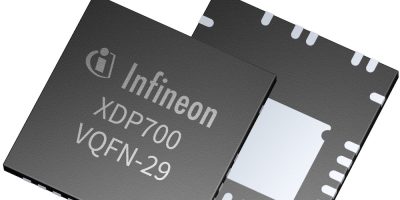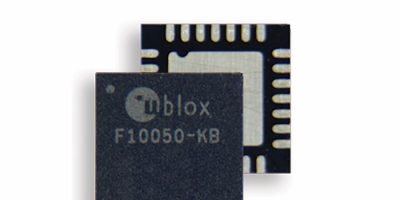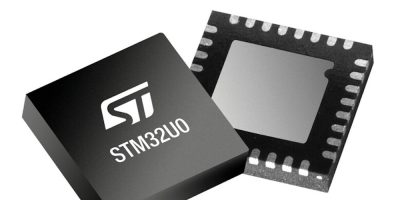Infineon is expanding its XDP digital power protection controller product family with the XDP700-002, the industry’s first -48 V wide input voltage digital hot-swap controller with a programmable safe operating area (SOA) control designed for telecom infrastructure.
It boasts superior current reporting accuracy of less than ±0.7 percent, enhancing the system’s fault detection and reporting accuracy. Furthermore, the product features boost-mode control technology for safer turn-on of field-effect transistors (FETs) in systems with non-optimal SOA. This new member of the XDP product family is tailored for a spectrum of telecom applications, including remote radio head power, base station power distribution, active and passive antenna systems, 5G small cell power, and telecom UPS systems.
The XDP700-002 employs a three-block architecture that combines high-precision telemetry for monitoring and fault detection, digital SOA control optimised for power MOSFETs, and integrated gate drivers for n-channel power MOSFETs. The XDP700-002 operates within an expansive -6.5 to -80 V input voltage range and can withstand transients up to -100 V for 500 ms, delivering current and voltage telemetry with a remarkable 0.7 percent and 0.5 percent accuracy respectively. It features precise PMBus compliant active monitoring for enhanced system reliability. A programmable gate shutdown during severe overcurrent (SOC) ensures robust shutdown operation within just 1 µs. The advanced closed-loop SOA control ensures higher MOSFET reliability, and the fully digital operating mode minimises the need for external components offering a compact solution making it an optimal fit for space-constrained designs in a cost-effective way.
With options for external FETs selection and a one-time programmable (OTP) option, the XDP700-002 offers flexibility for programming faults and warnings detection as well as de-glitch levels for various usage models. Its analog-assisted digital mode offers backward compatibility with legacy analog hotswap controllers. By offering robust functionality and adaptability, the XDP700-002 exemplifies Infineon’s continuous commitment to innovation and system reliability in telecom infrastructure.







